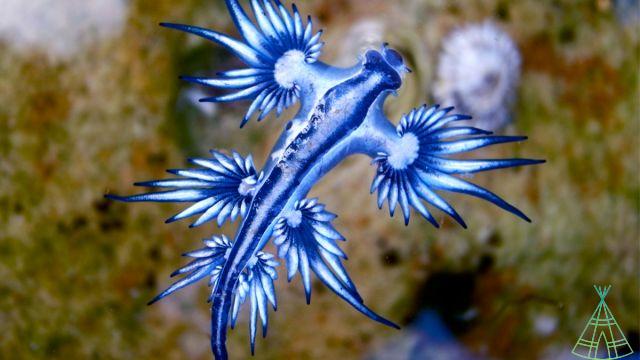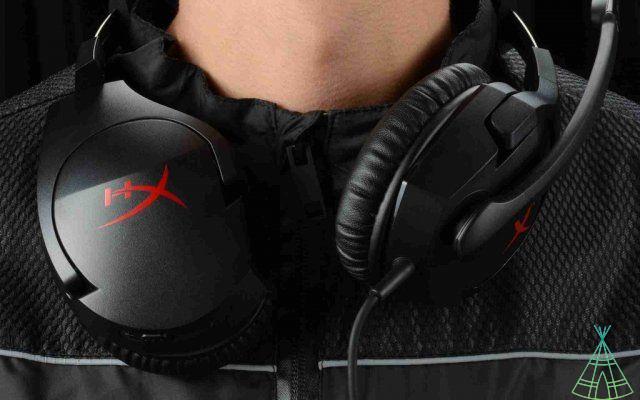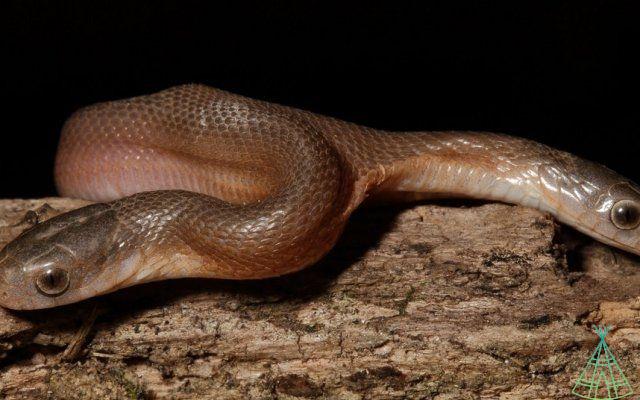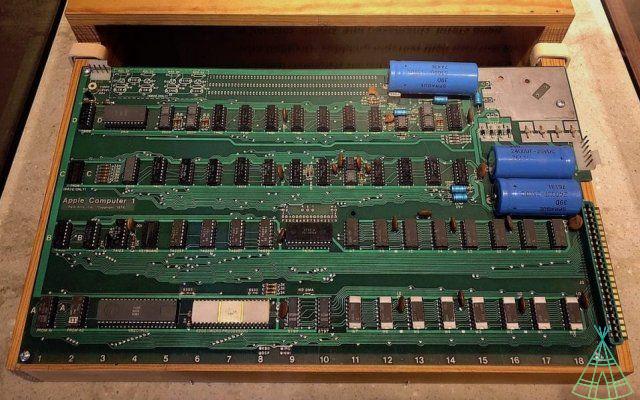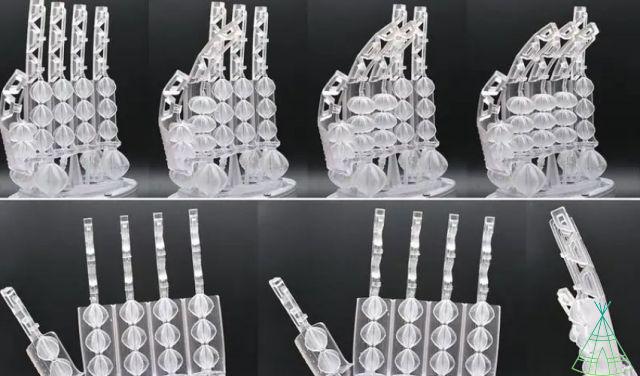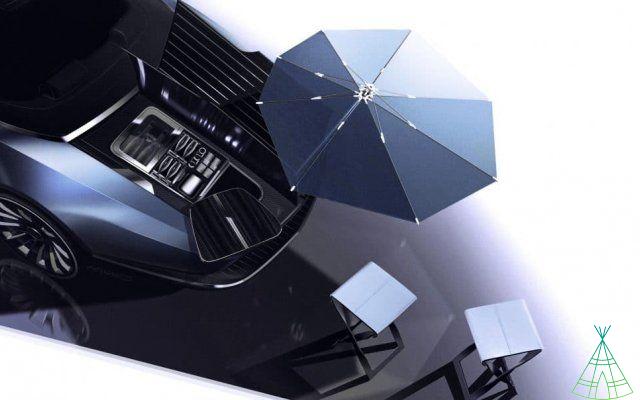Tyrannosaurus Rex was a ferocious hunter with the strongest bite of any animal that ever walked the earth. The beast prowled the late Cretaceous desert for over 66 million years, looking for a Triceratops or an Edmontosaurus to munch on.
The only non-threatening thing about the tyrant lizard king was his tiny arms. The T-Rex wasn't the only dinosaur with small arms compared to the rest of its body.
Read more:
- Exhibition in SP brings replica of the largest dinosaur in the world
- America's first "dwarf" long-necked dinosaur fossil found in SP
- Largest dinosaur fossil ever seen in Europe may have been found in Portugal
Many of their theropod cousins – a group of bipedal, mostly carnivorous dinosaurs – shared this trait. But why did many theropods develop such stubby arms? Scientists have proposed a few possible explanations.
A 2021 study published in the journal Acta Paleontologica Polonica suggested that bone-crushing theropods like the T-Rex evolved small arms so they wouldn't bite each other's arms when they fed.
Paleontological evidence suggests that these animals devoured their prey in a pack, so perhaps they evolved the tiny limbs to prevent the accidental tearing of the arm when a swarm of theropods descended on a Triceratops, proposed the study's author.
At the moment, however, this is just a hypothesis. "It's a good story," said John Hutchinson, a biologist at the Royal Veterinary College of the University of London, England, who was not involved in the study. "But I think, ultimately, we really don't know."
Hutchinson, who studies the biomechanics of movement in large land animals—living and extinct—views the evolution of dinosaur forelimbs differently: In theropod evolution, “arms didn’t really get shorter, but legs got longer.” , he stated.
“As animals get bigger, the forelimbs get smaller and the head gets bigger,” he continued. Tyrannosaurs, in particular, "have adapted this bone-crushing killer bite to their head, so they really specialize their head and then they really reduce their forelimbs."
As tyrannosaurs and their theropod cousins developed larger heads and bipedal posture, they used their forelimbs less. started to use their heads more to catch and kill prey. As a result, the forelimbs did not grow as much as the rest of their bodies, in line with this idea.
"An animal can only dedicate so much of its body volume to one thing or another," Hutchinson said. “He can't be a handyman. So either you have a very generalized body, where everything is equally specialized to some general ecological niche, or you really specialize like the T-Rex, which was super-specialized to be a predator.”
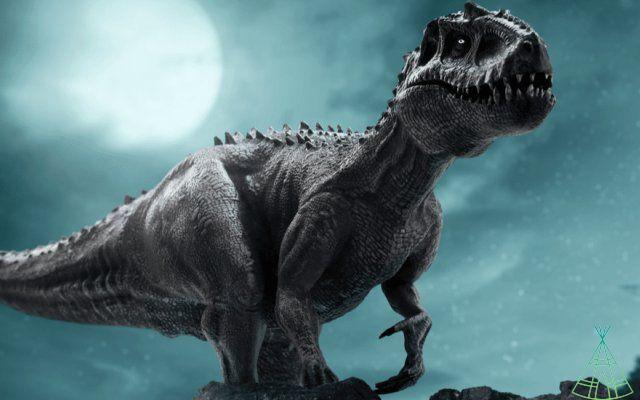
The T-Rex's arms were too short to help it hunt and kill. These massive dinosaurs used a "pull and punch" method of taking down prey, in which the T-Rex would bite off "big chunks of them, tearing back its strong neck as it did so," Hutchinson said.
That's how modern Komodo dragons also hunt, he added. And their large hind legs would have helped to stabilize them. There is no evidence – currently – that their small arms helped in any way.
It's interesting to assume that every trait an animal has has some kind of evolutionary role in helping the creature survive.
But sometimes traits just appear (or disappear) that don't necessarily confer a clear evolutionary benefit. In this case, this feature – forelimb protrusion – did not change, while other features did.
Other T-Rex body parts grew to colossal sizes to help them survive in their ecological niche. There may not have been a need for the arms to grow out of the rest of the T-Rex's body, making them look uniquely small in comparison.
But that may not be the full story either, Hutchinson said. T-Rex and other theropods may have used their arms for something, and it will take a lot more research and well-preserved fossils to figure out what.
live science info
Featured Image: Shutterstock
Have watched the new videos on YouTube from Technology Refugee? Subscribe to the channel!













